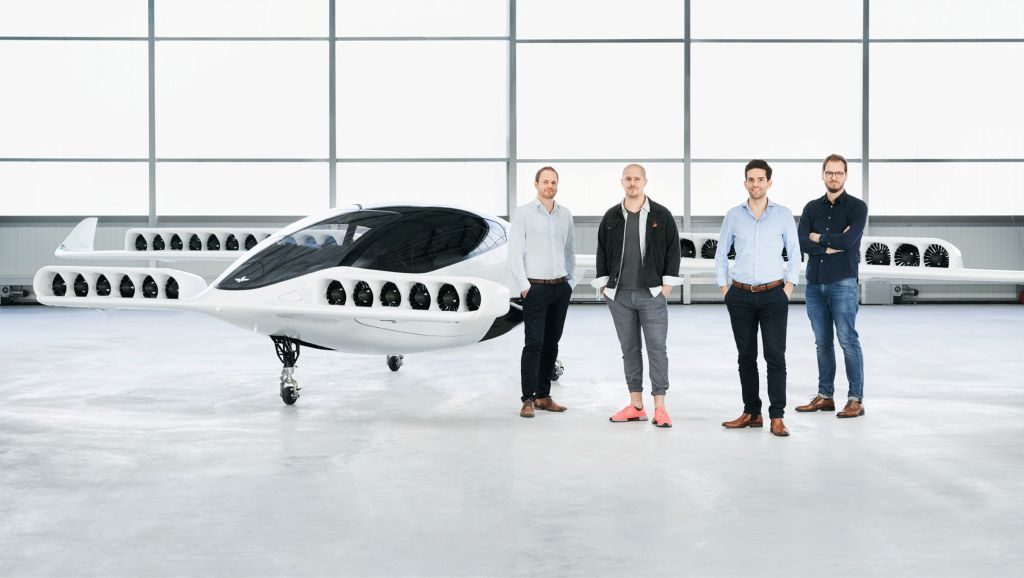The German aviation startup company, founded in 2016, has been working towards attaining the comfort for the people with its on-demand air taxis, and now, it announced that it has successfully completed the first test for its full-scale air taxi. The taxi is a prototype of the company’s taxi air crafts, that holds the capacity of carrying five passengers at a time, and is all electric.

The new five-seater aircraft is the company’s one of the all-electric vertical take-off and landing (VTOL) device, the first of which was a two-seater aircraft, successfully tested by the company about two years ago. But in the case of the two-seater aircraft, the prototype test had gone well. But when it came to the full-scale Lilium jet demonstration, after the take-off of the aircraft, the shift from vertical to forward flight was not as smooth as it was expected to be.
The new five-seater Lilium taxi has an egg-shaped cabin, having five passengers’ seats, which is mounted over the landing gear. It has the unique pair of parallel, asymmetrical tilt-rotor wings, that holds the 36 all-electric jet engines. Those electric jet engines enable the aircraft to take off and land in a vertical plane. Though the flight takes off and lands vertically, it renders “remarkably efficient horizontal or cruise flight”.
The company has been carrying out extensive tests with its latest five-seater air taxi, and the results are remarkable in every aspect. The company has released a video that shows how the aircraft takes off vertically, and after hovering for a small time in the air, the aircraft lands smoothly on the ground.
The company claims that after the final product is ready, it will be able to achieve a speed of 300 km/hour (186 mph). According to the Lilium’s chief compliance officer, Remo Gerber, the speed it can achieve is way more than that of the speed attained by its rival air crafts. The reason being, the aircraft uses only 10 per cent of its maximum 2,000 horsepower during the cruise flight.
But on the other hand, the electric air taxi works better with fuel, as the batteries that are available in the market are not powerful enough. For the air taxis, the battery power has to be in a proper ratio with the weight of the aircraft. So when fuel is used in the aircraft, it provides up to 43 per cent better performance.
Since the company is still carrying out tests on its five-seater flying taxi, the possibility of it coming into operation must not be expected before 2025. Also, the company will be launching a full-fledged app for people, so that they will be able to book the taxis through it.

Yashica is a Software Engineer turned Content Writer, who loves to write on social causes and expertise in writing technical stuff. She loves to watch movies and explore new places. She believes that you need to live once before you die. So experimenting with her life and career choices, she is trying to live her life to the fullest.
